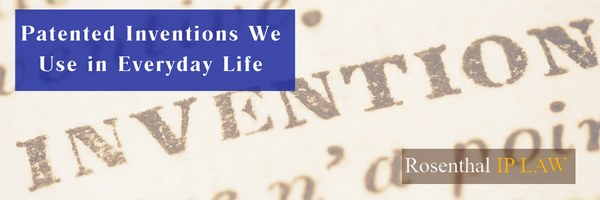What do all those ©®™℗ symbols mean?
What do all those ©®™℗ symbols mean?

You may come across these symbols and not know what they mean. We're here to help!
- © - Copyright
The © symbol indicates that all rights to the work are reserved by its creator or owner. You may use this as soon as you create a work – you do not need a registration to use the symbol (but having a registration provides better protection).
- ℗ - Phonogram (Sound Recording) Copyright
The Sound Recording Copyright symbol (℗) indicates a copyright in a sound recording (LPs, audiotapes, cassette tapes, compact discs, etc.). This copyright notice extends only to a copyright for the recorded sound itself and will not apply to any other rendition or version, even if performed by the same artist..
- (ↄ) - Copyleft
Copyleft is not a right conferred by the US Government, like a Copyright registration. Copyleft indicates that redistribution of the work is subject to the same license as the original. Examples of copyleft licenses are the GNU GPL (for software) and the Creative Commons SA (Share Alike) licenses (for works of art).
- TM - Unregistered trademark
The trademark symbol (™) indicates that a word or symbol (or anything else, really) is being used as an indication of the source of goods or services (contrast with “service mark” below). Using the trademark symbol (™) does not indicate that the trademark is registered, but rather it provides notice to others that the owner considers this its trademark. This symbol is not required under U.S. law, but its use is highly recommended.
- ® - Registered trademark
The ® symbol indicates that a trademark has been registered with the USPTO.
- SM - Unregistered service mark
The ℠ symbol is used to designate a service mark, which is used to indicate services instead of goods. However, most people use the term “trademark” to refer to both a trademark (for goods) and a service mark (for services).
- Pat.
#######
or
Patent
#######
"#######" is the patent number protecting the marked invention. Alternatively, there may be a link to a website listing the patent number(s) covering the invention.


